A news series titled Lawless: Sexual Violence in Alaska published by Alaska Daily News and ProPublica revealed that the highest rate of sexual violence in the United States exists in Alaska. This fact led to the 11-episode first season of the network television series Alaska Daily (2022- ), whose last episode aired the last week of March on the American Broadcasting Company (ABC).
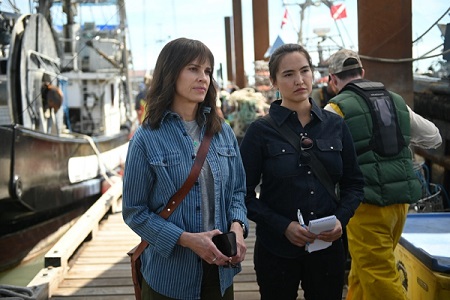
A central storyline for the opening season of the television series was the Missing and Murdered Indigenous Woman (MMIW) issue that exists in the United States and Canada. Besides being scantly depicted in the media, the issue seems to be unaddressed from a law enforcement perspective. The television series introduces Eileen Fitzgerald, a New York City, New York reporter persuaded to move to Anchorage, Alaska as a reporter on this issue. Fitzgerald, portrayed by Hilary Swank, had been disgraced in an unjustifiable manner by her former newspaper editorial board before being convinced to report from Anchorage by an editor that saw through that original injustice.
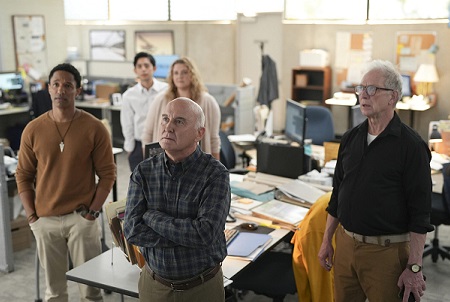
The addition of Fitzgerald to Anchorage by executive editor of the fictional Alaska Daily newspaper Stanley Cornik, as portrayed by Jeff Perry, launched a series of interesting dynamics within a newsroom that includes acting editor Bob Young, veteran reporter Claire Muncy, Fitzgerald’s partner Roz Friendly, and relevant supporters Austin Teague, Yuna Park and Gabriel Tovar. Young, Muncy, Friendly, Teague, Park and Tovar were portrayed by Matt Malloy, Meredith Holzman, Grace Dove, Craig Frank, Ami Park and Pablo Castelblanco, respectively. The personal stories of people living their lives in this newsroom, coupled with the notions of a dying newsroom and who will tell these stories if the newsroom dies, are legitimate tropes of this drama that offers the series the humanity making for a solid television series.
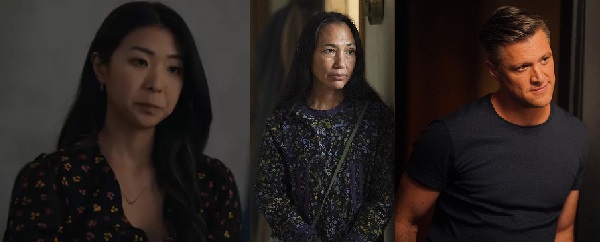
Mixing this with lives of native peoples including Gloria Nanmac, her mother Sylvie Nanmac, Toby Crenshaw and reporter Roz Friendly were appreciated. The money and influence of Aaron and Conrad Pritchard tell strong tales. Adding storylines for Jamie, Karla, Concerned Citizen, and people in government and law enforcement added depth that, at least through the first season, added something worthwhile. Mamie Eva Cecilia Pete, Irene Bedard, Brandon Alexis, Shane McRae, John Getz, Joe Tippett, Kourtney Bell and Bill Dawes portrayed Gloria Nanmac, Sylvie Nanmac, Toby Crenshaw, Aaron Pritchard, Conrad Pritchard, Jamie, Karla and Concerned Citizen, respectively. I look forward to seeing what comes next season for Alaska Daily, granting the first season 4.0-stars on a scale of one-to-five stars.
Matt – Wednesday, April 5, 2023

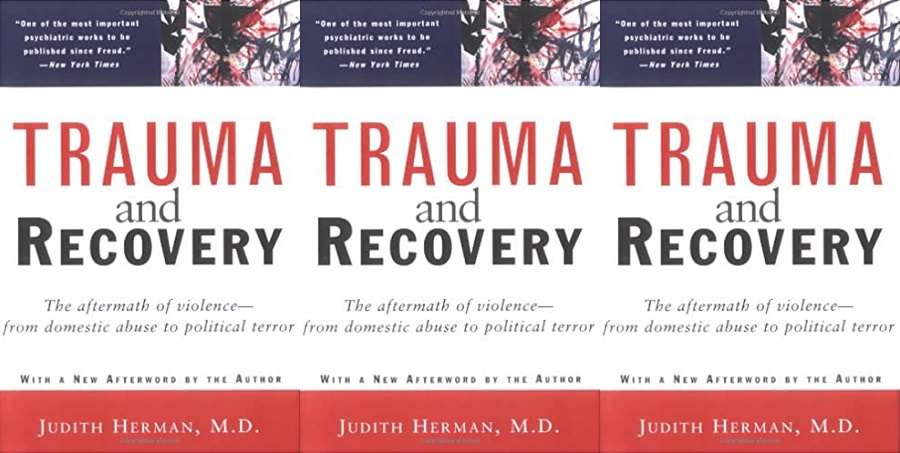
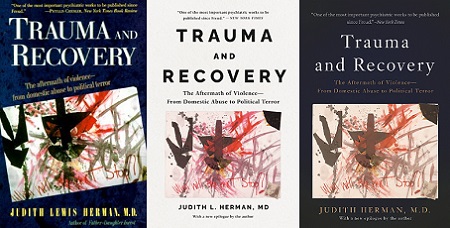
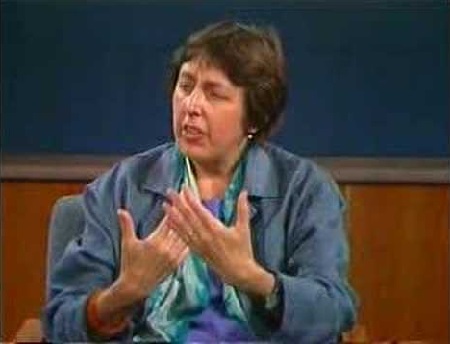

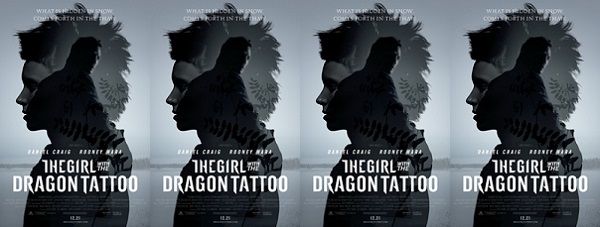

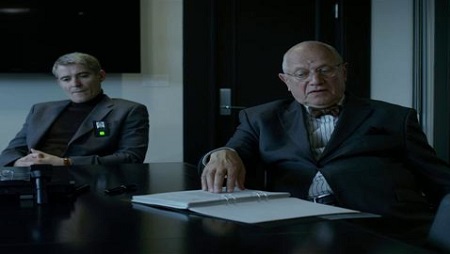
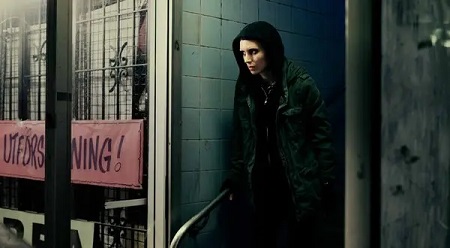
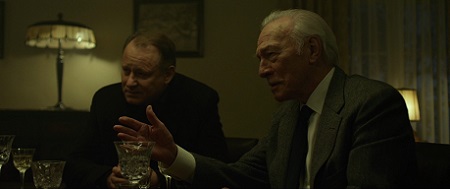

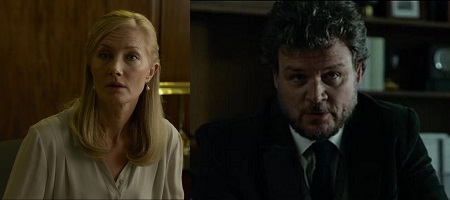

 (Jon Krakauer)
(Jon Krakauer)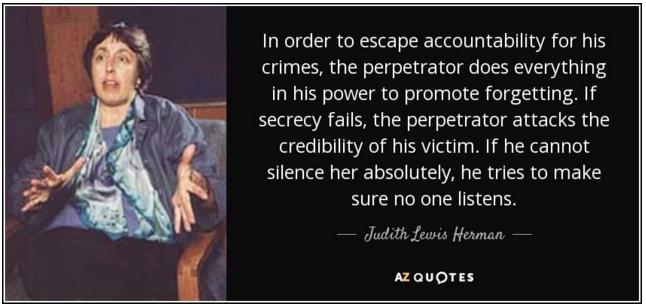 (Judith Lewis Herman about enabling rape)
(Judith Lewis Herman about enabling rape)